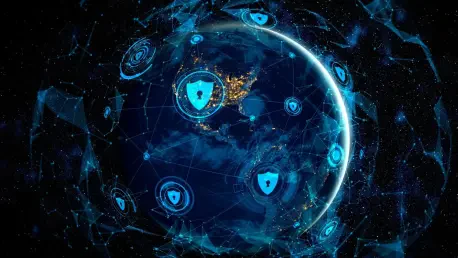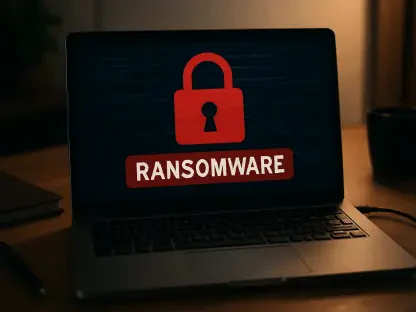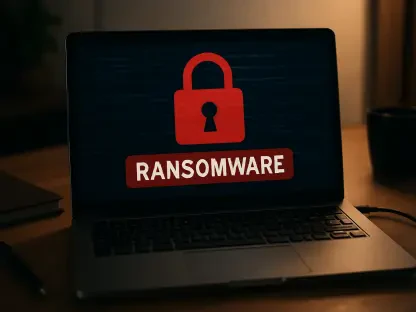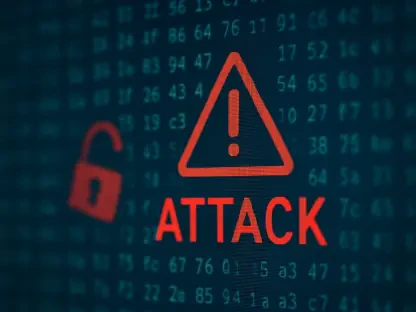As cyber threats continue to evolve at an unprecedented pace, the United States faces an increasingly challenging landscape marked by sophisticated adversaries. One of the most pressing concerns is the threat posed by “Salt Typhoon,” a cyber group reportedly backed by China, which has demonstrated unparalleled capability in breaching sensitive American networks. This alarming situation raises critical questions about the nation’s preparedness in the face of such advanced threats. Cybersecurity experts and government officials have expressed grave concerns over Salt Typhoon’s audacious activities, citing them as severe breaches of international cyber norms. With discussions intensifying during key conferences like RSAC, the gap between identified threats and effective governmental responses reveals a complex interplay of bureaucratic hurdles and resource limitations. This emerging scenario calls into question the resiliency of U.S. critical infrastructure and highlights the need for a drastic reassessment of strategies to safeguard national security interests against escalating cyber threats.
Inadequacies in Current Responses
The conversation around U.S. preparedness for cyber threats, especially from entities like Salt Typhoon, unveils glaring inadequacies in current governmental strategies. Policymakers, while adept at delineating the scope of the threat, appear to struggle with formulating and implementing effective measures to counteract these challenges. Criticism has been directed toward past administrative decisions, particularly budget cuts to the Cybersecurity and Infrastructure Security Agency (CISA), which have compounded the issue of insufficient resources. Such financial constraints have been a significant hindrance to the nation’s ability to maintain a robust cyber defense posture. Experts, including retirees from the military, have drawn parallels between the current cyber crisis and more conventional forms of warfare, where time-sensitive and forceful responses are paramount. They argue for an urgent reevaluation of priorities to ensure cybersecurity measures receive the attention and funding necessary to keep pace with rapidly advancing threats.
The administration’s strategic pivot from purely defensive to offensive measures in cybersecurity is another aspect that has been met with both anticipation and skepticism. While the intention to impose tangible costs on cyber aggressors reflects a promising shift in policy, the specifics of such deterrence measures remain vague. This lack of clarity has fueled uncertainty among stakeholders who demand more transparent and actionable strategies. The proposed Cyber PIVOTT Act, focusing on workforce development, exemplifies a positive legislative effort to address skill gaps in the cybersecurity workforce. Efforts to harmonize regulatory requirements are also underway, aiming to streamline processes and enhance the efficiency of information-sharing within the cyber sector. Despite these commendable initiatives, challenges persist, rooted largely in the slow pace at which policy changes are implemented and the entrenched bureaucratic inertia that hampers more dynamic responses.
Challenges and Call for Collaborative Action
Amid prevailing challenges, experts underscore the necessity for more effective communication and collaboration between government entities and the private sector. This dual approach is crucial to ensuring that all relevant parties are aligned in their efforts to combat the complexities of modern cyber threats. The private sector is particularly encouraged to assertively communicate its needs and concerns to governmental bodies like CISA, emphasizing the importance of a proactive stance. This engagement is vital, as it can catalyze the policy advancements required to fortify the nation’s cybersecurity landscape. However, the slow progress in fostering meaningful information-sharing between industries highlights a persistent barrier. Despite over a decade of dialogue, there has been little movement toward establishing a coherent framework for operationalizing shared intelligence. Transformative action is needed to transition from mere discussions to concrete actions that effectively bolster cyber defenses.
Consideration for a dedicated cyber force branch within the military structure has emerged as a potential strategy to address these challenges. Such institutional developments would signal a significant commitment to prioritizing cybersecurity as a critical component of national defense. Yet, creating a new branch is likely a long-term goal, requiring substantial governmental commitment and legislative support. In the meantime, the onus rests largely on existing organizations like the National Security Agency (NSA) and CISA, each playing distinct roles in cybersecurity. While the NSA focuses on addressing global cyber threats, CISA acts as a crucial intermediary, facilitating the flow of information between the government and the private sector. The strategic interplay of these entities can serve as a robust foundation for addressing immediate cyber risks while broader organizational adjustments are considered.
Path Forward in Strengthening Cyber Defenses
As cyber threats advance at a rapid pace, the United States faces a complex landscape with increasingly adept adversaries. Among the most urgent concerns is the threat from “Salt Typhoon,” a cyber group allegedly supported by China. This group has shown exceptional skill in compromising sensitive American networks, prompting critical questions about the nation’s readiness against such sophisticated threats. Cybersecurity specialists and government officials are deeply worried about Salt Typhoon’s bold operations, considering them grave violations of international cyber standards. Key conferences like RSAC see escalating discussions about the discrepancy between identified threats and effective governmental responses, highlighting the web of bureaucratic challenges and resource shortages. This evolving scenario brings into focus the vulnerability of U.S. critical infrastructure. It underscores the urgent need for a thorough reassessment of strategies to protect national security interests as cyber threats intensify.









